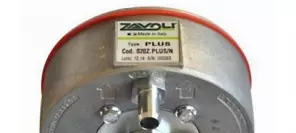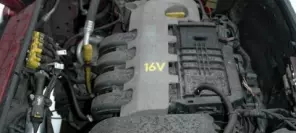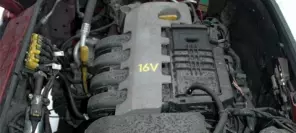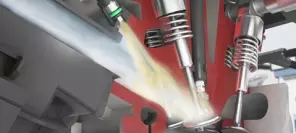- Main page
- Search
- Up to date
- Products
- Technology
- Vehicles
- Video
- Conversion Payback Simulator
Port Injection - Conversion Payback Simulator
Direct Injection - Conversion Payback Simulator
Diesel - Newsletter
How to cut petrol use in LPG car in winter?
 loading results...
loading results...When the engine is in the warm-up phase, petrol injection times are longer than usual to ensure proper enrichment of the fuel/air mixture right after start-up. And so cutting down the time of operating on petrol in fall and winter results in limiting the amount of petrol used remarkably.
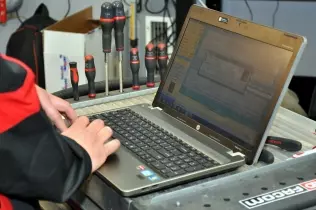 © gazeo.comLowering the switchover threshold temperature is not recommended as it may disrupt engine operation
© gazeo.comLowering the switchover threshold temperature is not recommended as it may disrupt engine operationLowering the LPG switchover temperature
Though it may seem like the easiest thing to do, it's not recommended. Since the switchover should only occur when coolant temperature is high enough to ensure proper LPG vapourisation in the reducer. Switching over to autogas before coolant has heated may result in feeding improperly (partially) vapourised LPG into the engine's combustion chambers. This in turn may cause engine operation disruptions, leading to stalling and problems with restarting (spark plugs may become flooded with liquid LPG).
Warming up the LPG system components quicker
The engine's petrol-only operation mode may be shortened by warming up the reducer and the injector rail quicker. To achieve this, additional electrical heaters are required, fitted directly onto the reducer and the injector rail.
Let's make it clear at this point that such heaters are not versatile and for most part they can only be used with certain specific models of reducers and rails. Also, fitting them requires connection into the car's electrical system, thus the operation should only be carried out by qualified installers.
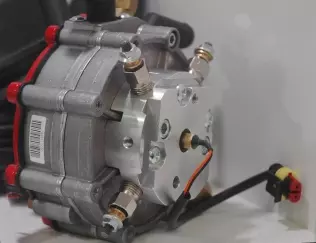 © gazeo.comElectrical reducer heaters can be very effective, but they can be applied to certain specific reducer models only
© gazeo.comElectrical reducer heaters can be very effective, but they can be applied to certain specific reducer models onlyA heater fitted to the reducer allows for much quicker heating of coolant inside, making it possible to switch over to LPG sooner. Manufacturers of such heaters claim that the time required for the engine to warm up on petrol is significantly reduced – by as much as 40%.
Injector rail heaters are also electrical devices, fitted to the rails' bodies. Additional rail heating allows to switch over to LPG sooner than without it, but also reduces or even eliminates the phenomenon of „gluing” resulting from presence of heavy oil fractions in vapourised LPG. When ambient temperatures drop, these heavy fractions become significantly denser (just like motor and transmission oils do), leading to disruptions in the operation of injector rails. Using an additional electrical heater eliminates the problem by liquefying the dense oily contaminants and thus making the injectors' moving parts work properly, without obstruction and additional friction. And it all comes down to the fact that the car switches over to LPG sooner.

You may also find these interesting:
 loading results...
loading results...

